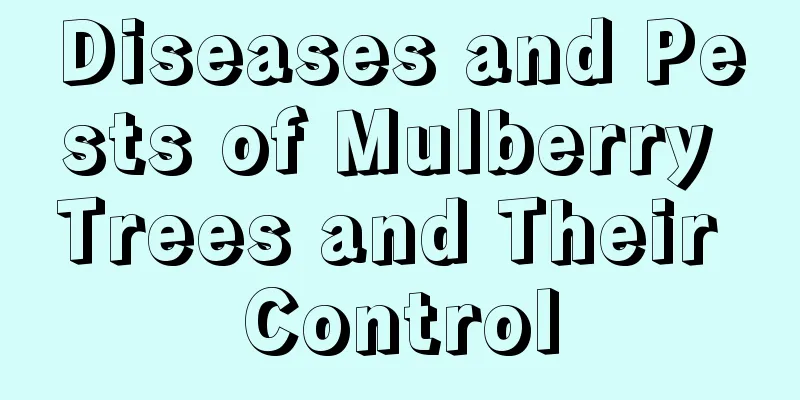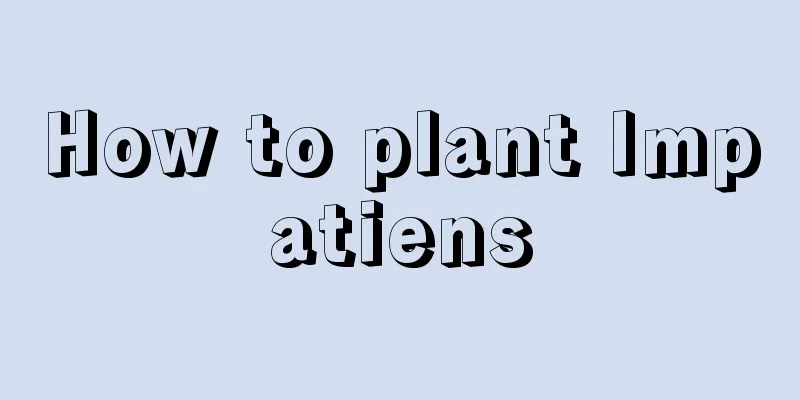Diseases and Pests of Mulberry Trees and Their Control

Diseases of mulberry trees and their prevention and treatmentPowdery mildewIn the initial stage of the disease, white powdery circular spots appear on the back of the leaves, which then gradually expand and connect into pieces. At the same time, the front of the mulberry leaves turns light yellow-brown. In the later stage, small yellow dots grow densely in the center of these spots, and then turn black. This disease often occurs on leaves in the middle of branches and varieties that harden early. The main prevention and control methods are as follows: 1. Raise silkworms in batches in autumn, first pick the mulberry leaves at the bottom of the mulberry strips; 2. Take timely measures to fight drought in the dry season to delay the hardening of mulberry leaves; 3. In the early stage of the disease, spray the leaves with 1000 times diluted 50% thiophanate, and spray again after 10-15 days. Mulberry brown spotIt often occurs on young leaves, especially in hot, humid and insufficient sunlight weather. In the early stage, the lesions appear as water-soaked sesame-sized spots with a dark brown color. Later, they expand into nearly circular or irregular spots with white or slightly red powdery blocks growing around them. Later, the color turns dark brown and the leaves turn slightly yellow. In severe cases, the spots are connected to each other, and the leaves turn yellow and are easy to fall off. The main prevention and treatment measures are as follows: In the early stage of the disease, spraying the leaves with 1500 times diluted 50% carbendazim or 1500 times diluted 75% methyl thiophanate can achieve good prevention and control effects without causing any harm to silkworms. Pests of mulberry trees and their controlMulberry beetleThere are many species, mainly black velvet beetle, brown beetle, copper green beetle, etc. The adult insects cause damage by gnawing on mulberry buds, tender shoots and mulberry leaves, especially severely affecting the tender buds of seedlings. The prevention and treatment methods are as follows: 1. Take advantage of the beetle's ability to feign death and knock it down and kill it when the adult beetles are mating and feeding at dusk. 2. Use light to lure and kill adult insects. 3. When plowing the soil in winter, remove the larvae and grubs at the roots of seedlings. 4. In the evening, you can spray 1000 times diluted 80% DDT emulsion or 1000 times diluted 50% phoxim emulsion to kill adult insects. |
<<: Common diseases of safflower and their control
>>: Diseases and Pests of Juniper and Their Control
Recommend
Coffee Growing Conditions and Characteristics
Coffee Growing Conditions Coffee is generally sui...
How to take cuttings of woody flowers in autumn
time For cuttings in autumn, the most suitable ti...
How often should I water the tiger tail orchid? What is the best watering cycle?
How often should I water the tiger tail orchid? I...
How to prepare the soil for roses and how to prepare the potting soil
Suitable soil requirements for roses When growing...
What to do if the roots of the green radish are rotten
1. Cut off rotten roots Carefully remove the poth...
The leaves of these 5 kinds of flowers will rot in summer, but they will turn green in no time with just one cut!
What should I do if the leaves of pennywort are r...
Common pests of Clivia
Common pests of Clivia The most common insect pes...
How to care for the newly bought striped Haworthia
1. How to deal with the newly bought striped Hawo...
Ginger flower pest control
Ginger flower pest control Bacterial canker, rot ...
How to change the soil and pots of large potted plants
The role and requirements of changing soil and po...
The efficacy and nutritional value of strawberries
1. Nutritional value of strawberries Strawberries...
The growing environment and local conditions of golden beans
Golden Beans Growth Environment and Conditions Go...
Can garlic water kill insects?
1. Can kill insects Because garlic solution has a...
Can pine red plum bloom in winter?
Normal flowering time of pine red plum They can b...
What are the cultivation methods and precautions of Hawaiian bamboo?
Hawaiian Bamboo Propagation Method Hawaiian bambo...









